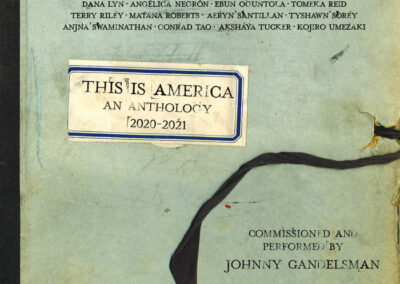Overview
Rooted in local Native American history, Mixashawn introduces Indigenous storytelling methods with unique, genre-fluid music. His band plays many Indigenous instruments, incorporating elements of jazz and rumba as he leads listeners into a dream-like state. In his stories, listeners learn to understand how humans have impacted ecosystems through colonization and urban expansion. He challenges us to question our assumptions, listen to the messages the Earth and its creatures are sending us, and why messengers send messages in the first place. Students are encouraged to remember, document, interpret, and retell their experiences and dreams creatively.
Video 1: Virtual Learning with Mixashawn (9 minutes)
Hear Mixashawn and his band perform three songs for a live audience in Roger Williams Park.
Video 2: Mixashawn’s Story of the Dolphin in the Hudson River (6 minutes)
Listen as Mixashawn shares his experience seeing a dolphin in NYC waters in 1980 at the peak of the area’s pollution, which inspired a new song. He believes that the dolphin was not “lost” but was bringing people a warning to protect the environment. This story encourages us to observe and think about what wild animals might be trying to tell us, rather than assuming they’re sick or lost and misinterpreting their message.
Artist Bio:
Lee “Mixashawn” Rozie is an internationally renowned multi-instrumentalist who fuses jazz with many genres, especially Indigenous music. He has performed with musical greats such as Ravi Coltrane and Bobby McFerrin. Mixashawn is Native American and traces his roots to what became known as the Windsor Indians—a collective of members of various tribes that used to live near the Connecticut River in northern Connecticut. He earned a degree in History and Ethnomusicology from Trinity College. His studies and over thirty years of musical experiences help Mixashawn to perceive the universality of music into what he calls the “Hemispheric Principles:” that what wave in circulation motion guide everything in the universe, i.e., “What goes around, comes around,” the four directions, etc.






